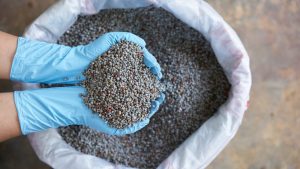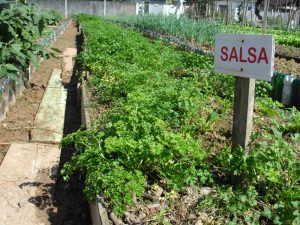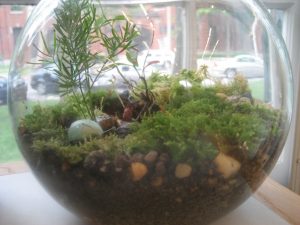Last Updated on August 6, 2023 by teamobn
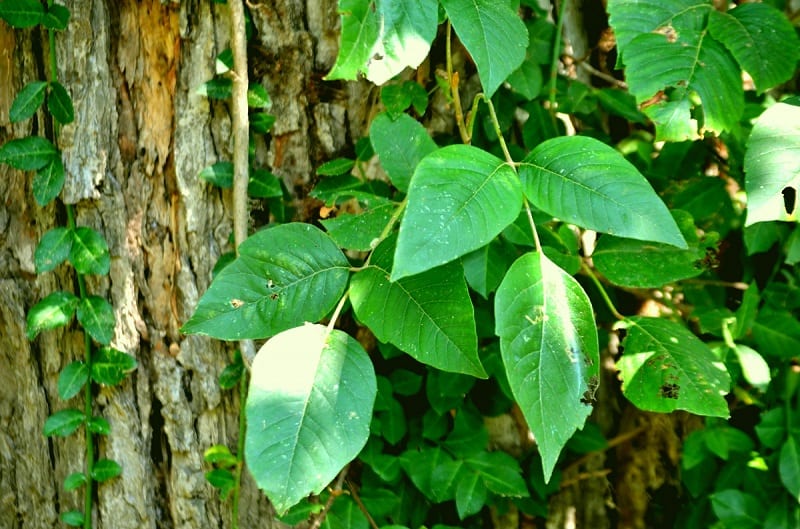
Songwriters have celebrated countless flora in popular songs. Over the years, we have heard tunes about the ever-romantic rose, the buttercup, the orange blossom, the dandelion – and yes, even the much-maligned poison ivy.
Set to a catchy beat, the Coasters’ “Poison Ivy” describes a woman who seems at first to be like a delicate flower.

But she has a secret, and it’s made plain in the lyrics – which conjure an image of alluring but dangerous femininity. “She’ll really do you in if you let her get under your skin!”
Years later, one of the song’s composers, Jerry Leiber, but the meaning behind the song’s symbolism bluntly. “Pure and simple,” he said. “Poison Ivy is a metaphor for a sexually transmitted disease.”
Ridding Your Garden of Poison Ivy
Contents
Gardeners know all too well that not all flora is welcome in one’s backyard. For instance, weeds are a common nuisance, and we all have our own ways of ridding our backyard of them.
But how exactly should you remove poison ivy from your garden?
Use a saline solution.
We suggest that you avoid using commercial herbicides because of the chemicals they contain. Instead, you can try an organic approach. And you need not look farther than your kitchen for an active ingredient.
Salt works to kill most unwanted plants, including poison ivy. To use salt as an herbicide, mix a saline solution using three pounds of salt to a gallon of water and a quarter-cup of dish-washing fluid.
Fill a spray bottle with your homemade herbicide and apply it directly to the poison ivy leaves. Check back occasionally and continue to re-apply the herbicide until the poison ivy is completely gone.
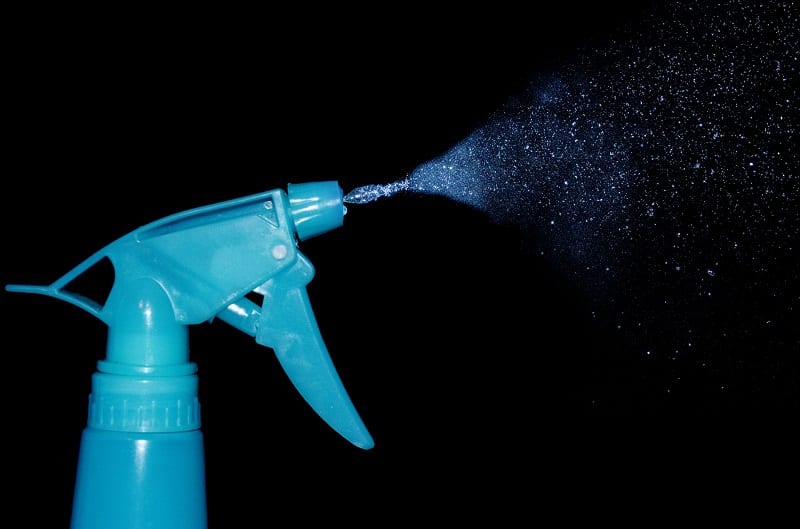
Remove the plant by hand.
But by far the best, most effective method of removal involves getting your hands – or, more properly, your gloves – a little dirty. With a good pair of work gloves and a set of full-sleeve clothing, you can simply dig up the offending plant with a garden trowel.
Be sure to remove all the roots, excavating each plant to a depth of around eight inches. Take extra care to outfit yourself for the task.
Home improvement expert Bob Villa suggests that you use duct tape to seal the seam between your gloves and shirtsleeves. He says you should do the same for any gaps between your pants and socks.

Dreadful Garden Companions
Nobody wants poison ivy in their backyard and garden. The plants are dreadful garden companions. The oil on the leaves and stems is toxic, causing severe dermatitis upon contact. And, as the song warns, “You’re gonna need an ocean of calamine lotion.”
You can’t burn the plant, either, as you’d run the risk of experiencing respiratory problems later on.
But you can safely rid your property of poison ivy with a saline solution. You can also remove the plant by hand, provided you take the proper precautions.
Once you’ve eliminated the plants, you can prevent them from coming back by working the soil more often. Smother the area with mulch and plant grass to discourage new poison ivy plants from growing.

